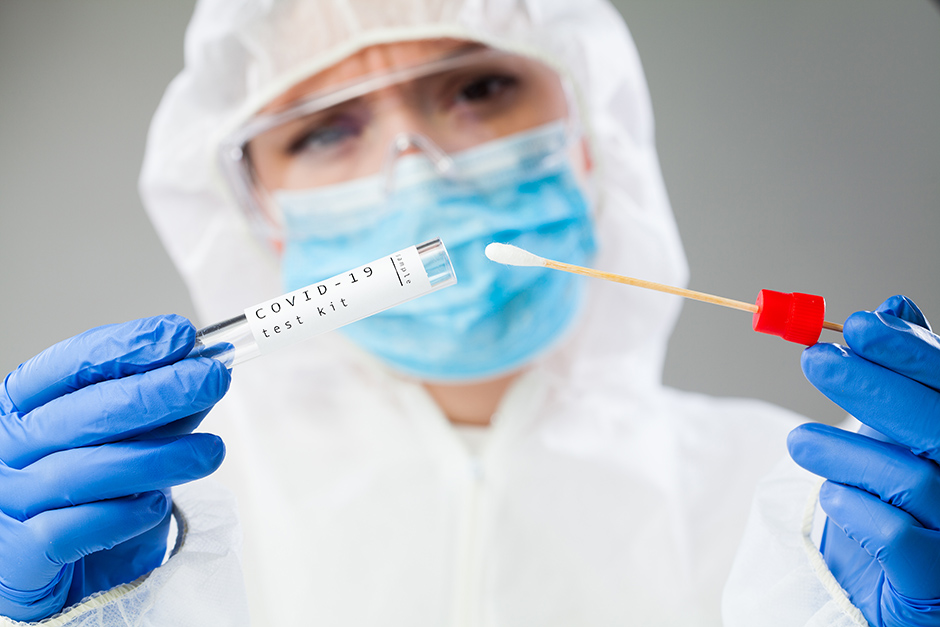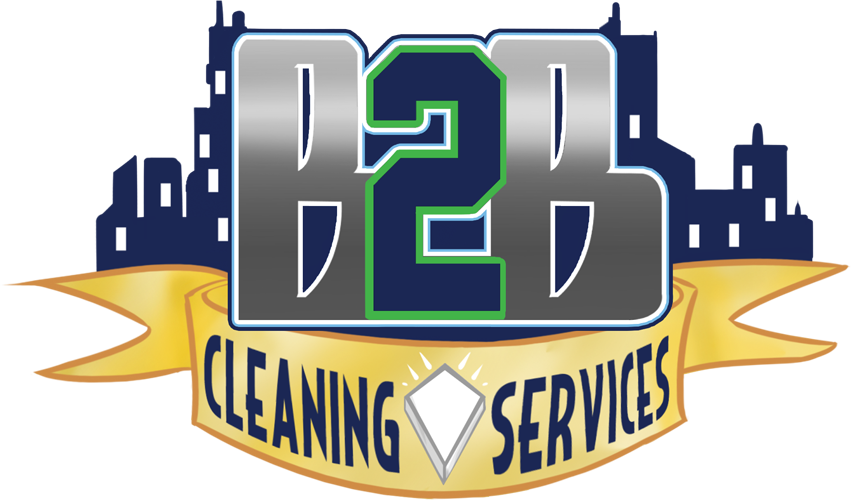In light of current events, you cannot be too careful. That si why we have put together this informative post to give you the answers and resources you need. Despite this, please refer to the information given to you by the CDC if you are unsure of anything.
If you don’t feel well, you may wonder if you have COVID-19, the respiratory disease caused by a new kind of coronavirus. Tests can tell whether you have it now. Antibody testing can show if you have already had it already.

There isn’t a treatment for COVID-19. So if your symptoms are mild, your doctor will probably tell you to recover at home and stay away from others.
Who Should Get Tested?
Talk to your doctor about whether you need to get tested. If you don’t have a doctor, call your local hospital or health department. Free COVID testing is available in most communities. Some locations require an appointment while others are drive-up. Antibody testing usually requires an appointment.
The CDC recommends a priority system for who should get tested for the coronavirus. At the top of the list are people who have COVID-19 symptoms and who meet at least one of these criteria:
- Are admitted to the hospital
- Work in a health care facility
- Are first responders
- Work or live in places where many people live, such as long-term care facilities or prisons
The next priority level is:
- Other people who have symptoms of COVID-19
- Those who don’t have symptoms but who are deemed a priority by local health departments or doctors
How to Get Tested
Call your doctor, your local hospital, the health department, or an urgent care center about testing locations near you. If you think it’s an emergency, call 911. Whoever you call, you’ll need to tell them about your symptoms over the phone or during an online visit. They may ask you some of these questions:
- Do you have a fever or cough?
- Do you have shortness of breath?
- Have you been in close contact (within 6 feet) with someone who has COVID-19?
- Has someone with COVID-19 coughed or sneezed on you?
- Have you traveled recently?
- Did a health official tell you that you’ve come into contact with COVID-19?
Where to Get Tested
You can check with your doctor or another health care professional, but many pharmacies and health department advertise available locations. If you are being tested at a facility for the virus or for antobodies, you will have to wear a mask and and may have to wait outside until time to be tested.
Types of Coronavirus Testing
The CDC recommends a COVID-19 test called a nasopharyngeal swab fo coronavirus. The technician will put a special 6-inch cotton swab up both sides of your nose and move it around for about 15 seconds. It won’t hurt, but it might be uncomfortable. They’ll send the swab to a lab to test the material from inside your nose.
Other COVID-19 tests include swabs of:
- Your mouth and throat (oropharyngeal)
- The middle of your nostrils (nasal mid-turbinate)
- The front of your nostrils (anterior nares)
If you have a cough with mucus, called a “wet” or “productive” cough, your doctor might want to test some of what you can cough up.
Each state has one or more public health labs that does testing. That number is growing. For information about testing in your state, check online at the CDC.
The FDA has issued an emergency use ruling for LabCorp’s Pixel home COVID-19 test. That means you can use it even though it doesn’t have full FDA approval yet. This test has a special cotton swab that you run inside your nose, like a technician would, and mail to a lab for analysis.
The agency is also allowing use of a home saliva test from the Rutgers Clinical Genomics Laboratory. You need a doctor’s prescription to get it. You spit into a vial and mail it to a lab.
The agency has taken similar steps with blood or “serology” tests that can look for antibodies. Your body makes them when you’ve had an infection.
These COVID-19 tests spot two types of antibodies:
- IgM, which your body makes for about 2 weeks before the levels drop
- IgG, which your body makes more slowly (within about 4 weeks) but which usually last longer
A swab or spit test can tell only if you have the virus in your body at that moment. But a blood test shows whether you’ve ever been infected with the virus, even if you didn’t have symptoms. This is important in researchers’ efforts to learn how widespread COVID-19 is.
Separate from the antibody tests, researchers are also studying antibody treatments for COVID-19. A drug targets how the virus attaches to and enters human cells.
Drive-through coronavirus testing
Some hospitals and agencies have set up centers where you can get a COVID-19 test without getting out of your car. You may need to register online or by phone, or you might need a doctor’s order first. Be sure to check before you go.
A technician in protective gear will ask about your symptoms and take your temperature. They’ll swab your nose or mouth and send it to a lab for testing.
How Long Do Test Results Take?
It may take a lab about 24 hours to run your test. But you might not get your results for several days based on possible backlogs in the lab. Future tests might be faster.
What Happens After I Get Tested?
A positive COVID-19 test means you currently have or recently had the virus. Monitor your symptoms and get medical help right away if you have trouble breathing, confusion, or bluish lips or face.
Take steps to avoid spreading the virus:
- Stay home, except to get medical care.
- Stay away from other people in your home.
- Wear a mask when you are around others in the house
- Don’t share dishes, cups, eating utensils, or linens with others.
- Cover your coughs and sneezes. Wash your hands often.
- Clean and disinfect common surfaces like phones, doorknobs, or counters regularly.
If your test is positive and you have COVID-19 symptoms, you should isolate yourself until you meet all these criteria:
- It’s been at least 10 days since your symptoms began.
- Your symptoms have improved.
- You haven’t had a fever for at least 24 hours, without using any fever-reducing medication.
If you tested positive but didn’t have symptoms, isolate yourself for 10 days after the test.
Talk to your doctor about whether you should get tested again after isolation. There is no need to be retested if you have been in quarantine for 10 to 14 days.
If your COVID-19 test is negative, you probably didn’t have the virus at the time of the test. But you can still get sick later. Follow distancing guidelines, and wash your hands often.
There’s a very small chance that your COVID-19 test results could be wrong. This is called a false positive or false negative. Your doctor or health care professional will help you decide what to do based on your symptoms and health history.
When Is It an Emergency?
If you can’t get tested, you may still need medical help if you have a high fever or a serious breathing problem. Call your doctor or 911 to find out what to do.
Other signs that you need help right away include:
- Pain or pressure in your chest
- Confusion
- Trouble staying alert
- A blue tint to your lips or face


